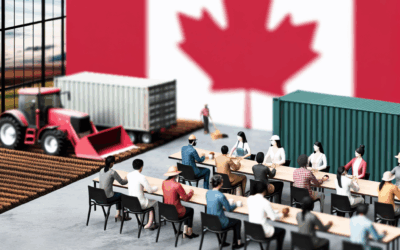Campaign Trail 2025: Key Promises from Canada’s Top Prime Ministerial Contenders
As Canada gears up for its federal election on April 28, 2025, the country’s political landscape is heating up with bold promises and competing visions for the future. The three main contenders—incumbent Prime Minister Mark Carney (Liberal), Conservative leader Pierre Poilievre, and NDP leader Jagmeet Singh—are laying out sharply contrasting platforms. Here’s a closer look at what each is promising Canadians.
Mark Carney (Liberal Party)
Since taking the reins from Justin Trudeau in March, Prime Minister Mark Carney has positioned himself as a centrist leader with a strong background in finance and a focus on pragmatic governance. His campaign has largely centered on two fronts: defending Canada’s economic interests on the global stage and reshaping climate policy at home.
One of Carney’s most high-profile moves has been in response to U.S. President Donald Trump’s aggressive trade policies—particularly the imposition of a 25% tariff on Canadian auto imports. In a swift countermeasure, Carney announced Canada would impose equivalent tariffs on U.S. vehicles that violate the terms of the U.S.-Mexico-Canada Agreement (USMCA). He emphasized that the retaliation is carefully calibrated to protect Canadian industries while minimizing domestic fallout, framing it as a necessary defense of fair trade.
On climate policy, Carney is advocating for a significant shift. He has proposed scrapping the federal carbon tax on consumers and replacing it with a system that rewards individuals and households for making environmentally friendly choices—an incentive-based model aimed at behavioral change. However, large industrial polluters would still face carbon pricing under his plan. Additionally, Carney supports introducing a “carbon border-adjustment tax” that would apply to high-emission imports, ensuring Canadian businesses aren’t undercut by dirtier foreign competitors.
Pierre Poilievre (Conservative Party)
Conservative leader Pierre Poilievre is campaigning on a message of fiscal discipline and energy independence, while fiercely opposing the Liberal climate agenda. One of his cornerstone promises is to completely eliminate the federal carbon tax, which he argues is a major driver of inflation and economic hardship for working Canadians. His position resonates with many in regions hit hard by rising living costs, particularly in rural and suburban areas.
Instead of taxation, Poilievre proposes using technological innovation to tackle climate change. He has pledged to support the expansion of Canada’s electric vehicle (EV) industry by facilitating the domestic mining and processing of critical minerals like lithium, cobalt, and copper—resources essential for EV batteries. He also supports lifting restrictions on pipeline development and banning foreign oil imports in order to strengthen Canada’s energy sovereignty.
Economically, Poilievre is promoting a “pay-as-you-go” law for government spending. Under this rule, any new spending would have to be offset by cuts elsewhere—a move he says will bring much-needed accountability to Ottawa. He’s also championing cryptocurrency, proposing policies to make Canada a hub for blockchain innovation, in stark contrast to what he calls the “inflationary policies” of the Liberal government.
Jagmeet Singh (New Democratic Party)
NDP leader Jagmeet Singh is taking a more populist, worker-focused approach, vowing to hold both the Liberals and Conservatives accountable on issues of affordability, fairness, and economic justice. Singh has called for an early recall of Parliament and played a pivotal role in triggering the spring election, arguing that Canadians need urgent action in the face of escalating trade tensions and economic uncertainty.
In direct response to U.S. tariffs and what he describes as a pattern of “economic bullying,” Singh has proposed a sweeping “Buy Canadian” policy. Under this plan, federal procurement contracts would prioritize Canadian-owned companies, especially small and medium enterprises, in order to boost domestic job creation and manufacturing. Singh says the policy would counterbalance U.S. protectionism and revitalize key sectors that have been in decline.
He also continues to push for stronger social programs, including expanded healthcare and pharmacare, though these proposals have taken a backseat in his campaign messaging compared to trade and labor policy. Singh has positioned himself as the only leader ready to “stand up to corporate greed” and fight for workers, warning that both the Liberals and Conservatives are too cozy with big business.
As the election nears, Canadians are faced with three starkly different visions: Carney’s centrist, trade-savvy leadership with climate incentives; Poilievre’s anti-tax, pro-energy independence platform; and Singh’s worker-first, protectionist approach. The choice on April 28 will set the tone for Canada’s domestic and international posture in the years to come.



